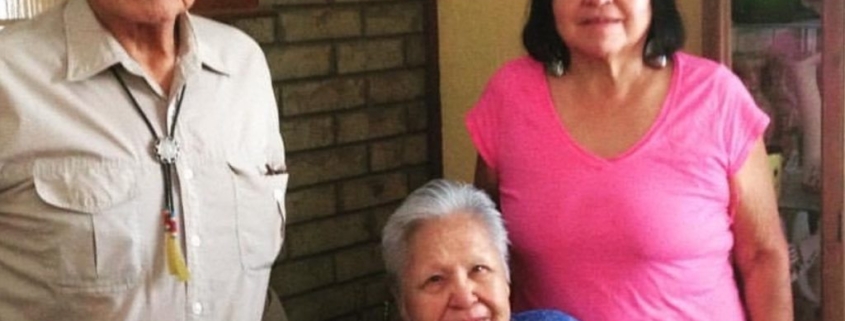
Boulder’s Central Park Lecture Series: A Brief Arapaho and Indigenous History of the Area featuring Ava Hamilton
Come hear about the Arapaho connection to this land and the history and culture from local Arapaho elder and historian, Ava Hamilton.
This area was home to Indigenous tribes since time immemorial. Today, the Federal Government recognizes 48 tribal nations with historic ties to the state of Colorado. Utes (Nuche) are the longest continuous inhabitants of Colorado and Colorado’s only reservations are Ute Mountain Ute (Weenuche Band of the Ute Nation of Indians) and Southern Ute (Mouache and Caputa bands).
The Doctrine of Discovery led European monarchs to believe they were entitled to claim foreign lands for themselves, to the detriment of Indigenous inhabitants of colonized lands around the world. By the 1700s, Arapaho bands had been pushed out of the Great Lakes area and adapted to Westward Expansion by learning horsemanship and following bison migrations. When the bison were grazing the land that would become Colorado, Arapaho bands would follow.
This land became Cheyenne and Arapaho territory in American law with the signing of the Horse Creek Treaty, or the 1851 Treaty of Fort Laramie. According to that treaty, Cheyenne and Arapaho territory spanned from south of the North Platte River, east of the Rockies and north of the Arkansas River. Chief Left Hand (Niwot) led the band of Southern Arapaho that wintered in the Boulder Valley when gold was discovered in the area. The onslaught of gold seekers rendered the treaty void and years of turmoil and starvation ensued.
Left Hand’s aptitude with the English language and diplomacy was a great asset when it came to negotiating the terms of a new treaty. He saw an opportunity to speak to President Lincoln about his dissatisfaction with the subsequent proposed Fort Wise Treaty. However, when the wagon train left in 1863 for Washington, DC, it left days ahead of schedule, before Left Hand had arrived at the rendezvous. His brother Neva made it to the delegation and reported back to Left Hand that Agent Samuel G. Colley had deliberately distorted translations with government officials.
Negotiations and pressures to sign the Fort Wise Treaty continued while conditions worsened and tensions increased, but Left Hand never signed a treaty overruling the 1851 Treaty of Fort Laramie. Left Hand remained committed to reaching a diplomatic solution to lasting peace, even after his wife was assaulted in their home. His commitment lasted until his peaceful camp awaited annuities and negotiations in southeastern Colorado and instead was attacked by a volunteer militia on November 29, 1864. He died of the wounds he sustained in the attack. This fateful day is now known as the Sand Creek Massacre, and the Arapaho remember it as the end of the era of the Peace Chiefs, like Left Hand.
Here in the Boulder Valley, 111 volunteers of Company D, the Third Colorado Cavalry, mustered and trained at Fort Chambers, near Valmont Butte, before joining the massacre.
Ava Hamilton is a documentary filmmaker and historian. She is Southern Arapaho and grew up on the Wind River Reservation with Northern Arapahos and Eastern Shoshones. For decades she has worked in service of drawing attention to the Arapaho heritage in this area and building relationships between local residents and Arapaho people.










